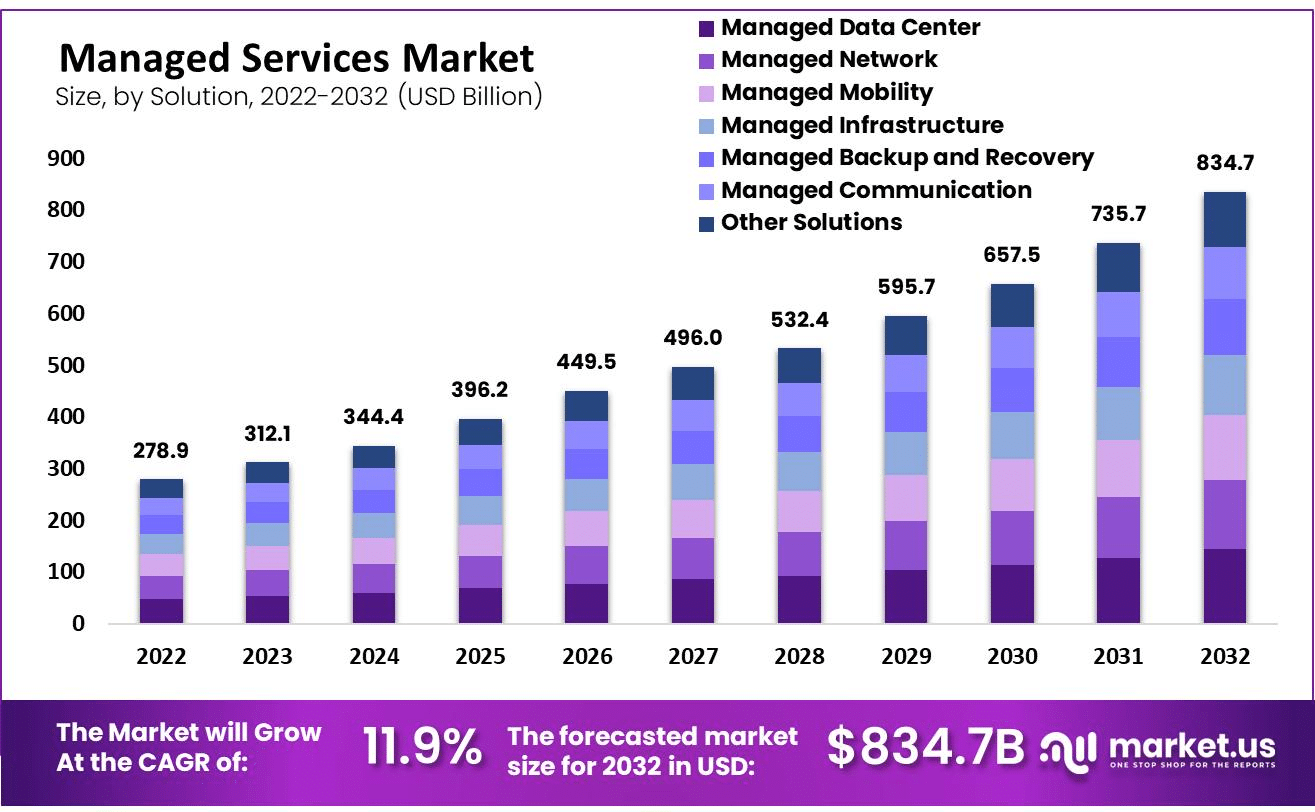In the modern world of business, organizations face constant challenges when it comes to meeting their resource requirements. As demands fluctuate, companies often find themselves at a crossroads, uncertain about the most effective path forward. That’s where staff augmentation and managed services enter the stage, offering distinct solutions to address these needs.
But when it comes to making the decision between staff augmentation vs. managed services, there are some key factors to take into account. Every situation is different, and you need to determine what will work best for you.
“It’s a delicate balance between internal talent and external support, and finding the right blend is key to unlocking sustainable growth and success,” says Jeremy Wanamaker, Complete Network CEO.
In this blog post, we will delve into the intricacies of staff augmentation vs. managed services, dissecting the nuances, strengths, and potential pitfalls of each option.
Before gaining a deeper understanding of the differences between managed services vs. staff augmentation models, let’s first define these two approaches.
The term “staff augmentation” involves strategically augmenting an existing team with external resources, whether through temporary or long-term contracts. This allows you to access specialized skills and knowledge without the long-term commitment and expenses associated with permanent employment.
On the other hand, “managed services” models entail outsourcing specific functions or processes to external service providers and project managers who assume full-time responsibility for their management and execution. This relieves your organization’s in-house team of the day-to-day operational burden, enabling them to focus on their core competencies while benefiting from the expertise and efficiency of the service provider.
The managed IT market is growing at a CAGR of 11.9% through 2032, illustrating it’s prevalence in today’s business world.

Image Credit: PR Newswire
With more than 92% of organizations outsourcing at least one core IT operation today, it’s clear that it doesn’t matter if it’s managed services or staff augmentation – the need for professional IT expertise is universal.
Managed Services: In this approach, the service provider assumes full responsibility for managing and executing specific functions or internal processes related to IT. They take charge of delivering desired outcomes, allowing your organization to focus on core competencies.
Staff Augmentation: With staff augmentation, your organization still retains some level of management responsibility over the augmented resources. The external talent integrates into your existing team, working under the managed service provider (MSP)’s supervision and guidance.
Managed Services: When opting for managed services, the IT provider relinquishes direct control over the outsourced functions. The service provider handles the day-to-day operations, bringing their expertise and established processes into play.
Staff Augmentation: In staff augmentation, your business maintains control and oversight of the augmented resources. In this way, you still retain the decision-making authority, allowing for greater flexibility and integration of the external talent into existing workflows.
Managed Services: By choosing managed services, your business can tap into a wide range of specialized skills and expertise offered by the service provider. This allows for flexibility in resource allocation, ensuring that the right skills are available when needed.
Staff Augmentation: Staff augmentation offers the flexibility to utilize the external talent according to the specific skills required. It enables you to address skill gaps, scale up or down as needed, and leverage the expertise of the augmented resources to meet project demands.
| Flexible IT Services Near You:: |
Managed Services: Organizations often enter into long-term contracts with service providers when opting for managed services. These agreements provide continuity, with the service provider taking on ongoing responsibility for the outsourced functions.
Staff Augmentation: Staff augmentation can be a more short-term or project-based solution. This means you still have the flexibility to engage external resources for specific periods without the commitment of a long-term contract.
Managed Services: With managed services, the service provider becomes an external entity that collaborates with your organization. While efforts are made to align goals and objectives, integrating the provider’s processes and culture with the organization’s existing framework may require active coordination.
Staff Augmentation: Staff augmentation enables a closer integration of external resources with your company’s existing team. The augmented staff can seamlessly collaborate, align with company culture, and contribute to shared goals, enhancing team cohesion.
Check out these additional resources to learn more about if managed IT services are the right fit for you.
| Resources:: |
While both managed services and staff augmentation offer valuable solutions for resource management, the differences lie in terms of management responsibility, operational control, skill utilization, long-term commitment, and integration.
Understanding these distinctions is crucial for organizations to make informed decisions between managed services vs. staff augmentation, based on your unique needs, project requirements, and desired level of control.

By entrusting the management of your network to Complete Network, you can redirect valuable time and resources towards activities that directly contribute to your primary business objectives. This enhanced focus can lead to increased efficiency and productivity in your core operations. Tap into our expertise today – get in touch to learn more!
In an ideal world, technology would be a consistent source of competitive advantage and benefit for small and midsized businesses. The reality is that many fail to realize that confidence.
Without the right resources and support, even a highly skilled technology team can become overwhelmed by the growing list of technology management duties. When important tasks get neglected, it creates ripple effects throughout an organization that damage productivity and efficiency.
The co-managed IT services model solves these problems by providing your existing IT team with all the support and resources they need to successfully plan, manage, and defend your network technology.
This guide covers:
This will close in 0 seconds
This will close in 0 seconds